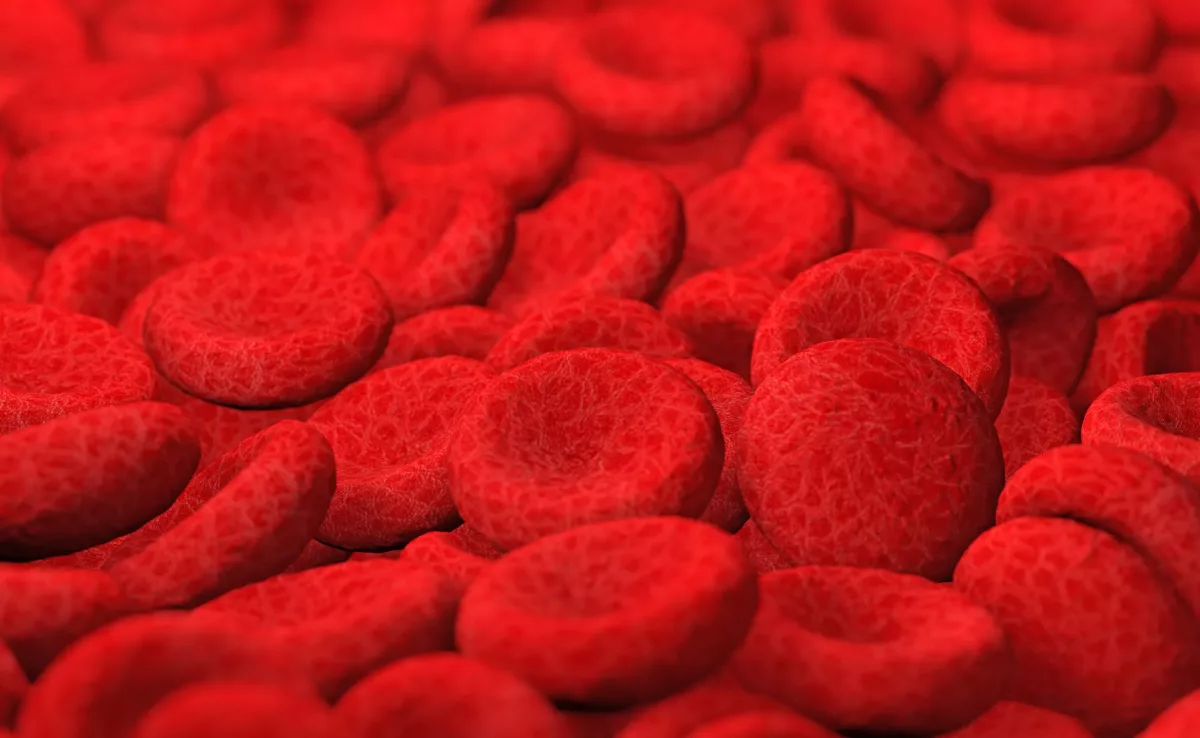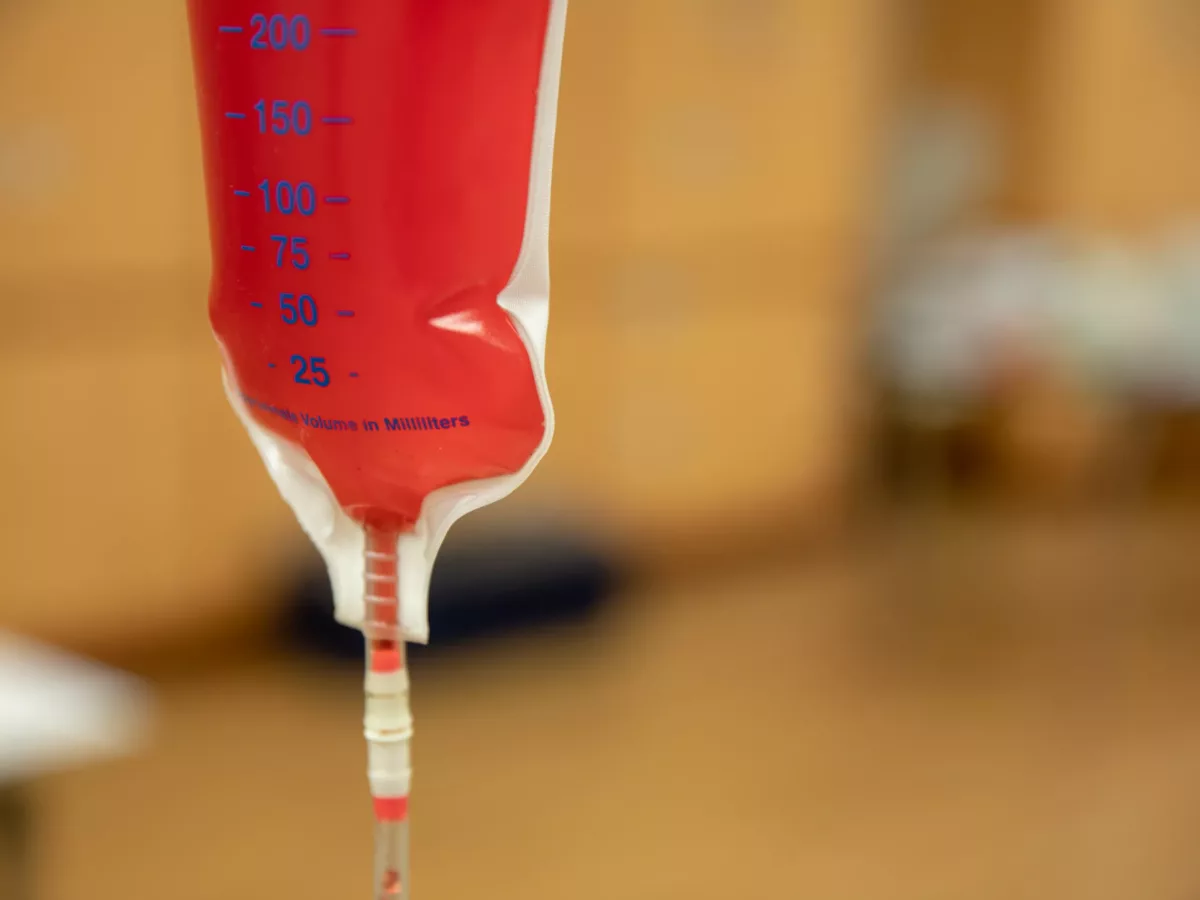A health condition in which the bone marrow no longer produces new blood cells is called aplastic anemia. The most common symptom of this condition is tiredness. However, people with this condition are at increased risk of infections and uncontrollable bleeding.
While it happens rarely, it is a serious condition that may occur suddenly or slowly and worsen over time. It may appear at any age and may cause symptoms that range from mild to severe.
Usually, the treatment for people with aplastic anemia includes blood transfusions, medicines, and a stem cell transplant (also called bone marrow transplant).
Symptoms
Sometimes, people with aplastic anemia do not experience symptoms. However, when they occur may include the following ones. For example:
- Fast or irregular heart rhythm
- Shortness of breath
- Fatigue (extreme tiredness)
- Nosebleeds
- Bleeding gums
- Prolonged bleeding from cuts or other injuries
- Pale skin
- Rash
- Fever
- Unusual bruising
- Frequent or prolonged infections
This condition can be acute (temporary) or chronic (long-term). In some cases, the condition is life-threatening, which means it may lead to death.
Causes
A red and spongy material inside the bones forms the bone marrow. New blood cells are produced by the stem cells in the bone marrow. These include red cells, white cells, and platelets. In people with aplastic anemia, these stem cells are damaged and no longer produce blood cells.
One of the most common causes of aplastic anemia is an attack of the immune system on the stem cells. Check below other causes that may lead to reduced production of new blood cells:
- Radiation or chemotherapy treatments – These treatment options are used to destroy cancer cells. However, they can cause damage to the healthy cells too (including stem cells in the bone marrow). As a result, a person may develop aplastic anemia. In most cases, this condition is a temporary effect of the cancer treatments.
- Exposure to toxic chemicals – Prolonged exposure to certain chemicals, including pesticides and insecticides, and Benzene, is linked with aplastic anemia.
- Certain medications – There are some medicines that may also cause this type of anemia. For example, medicines used to treat rheumatoid arthritis, bacterial infections, and others.
- Autoimmune disorders – An autoimmune disorder may cause the immune system to attack healthy cells (including the stem cells in the bone marrow).
- Viral infections – Certain viruses are linked with aplastic anemia. For example, Epstein-Barr virus, cytomegalovirus, parvovirus B19, and HIV.
- Pregnancy – Sometimes, the immune system may attack the bone marrow during pregnancy.
- Unknown factors – There are a lot of cases where doctors cannot identify the exact cause of aplastic anemia. In such cases, the condition is called idiopathic aplastic anemia.
Other Causes
Sometimes, those who develop aplastic anemia also have a rare disorder called paroxysmal nocturnal hemoglobinuria. Moreover, there is another disease called Fanconi’s anemia that occurs rarely and may also lead to aplastic anemia. Those who are born with this condition are often smaller than average and may have some birth defects (such as underdeveloped limbs). Commonly, this condition is diagnosed with blood tests.
Risk Factors
While sometimes it is not possible to determine the exact cause of the disease, doctors have identified some factors that could increase your risk of developing aplastic anemia. Examples include:
- Blood disorders, serious infections, and autoimmune disorders
- Pregnancy (in rare cases)
- Certain prescription medicines used to treat bacterial infections (such as Chloramphenicol) and rheumatoid arthritis (such as gold compounds)
- Exposure to certain chemicals for long periods
- Cancer treatments (such as radiation therapy, chemotherapy, and others)
How to Prevent Aplastic Anemia?
Unfortunately, there are no sure ways to prevent this type of anemia. However, it is recommended to avoid exposure to chemicals (including organic solvents, herbicides, insecticides, paint removers, and other toxic chemicals) because it may reduce the risk of developing aplastic anemia.
Diagnosis
Healthcare providers usually diagnose this condition by performing the following tests. For example:
- Blood tests – These tests are done to check levels of red blood cells, white blood cells, and platelets. In people with aplastic anemia, all three types of blood cells are reduced.
- Bone marrow biopsy – During this test, doctors will get a small sample of bone marrow from a large bone (often from your hipbone) and test it in the laboratory to exclude conditions that may increase the risk of developing aplastic anemia. To get the sample, physicians use a special needle.
Healthcare professionals may perform additional tests to determine the exact cause of the disease once you are diagnosed with aplastic anemia.
Treatment
Treatment for people with aplastic anemia is usually different because it depends on several factors. These include the severity of the disease, your age, symptoms, and overall health. However, it often includes observation, blood transfusions, medications, or a bone marrow transplant. Moreover, people with a severe form of aplastic anemia are often hospitalized.
Blood Transfusions
This treatment cannot cure the condition, but it may help get healthy blood cells when your bone marrow no longer produces new ones. It may also help lessen the symptoms (such as bleeding). People usually receive:
- Red blood cells – These cells help relieve anemia and fatigue (extreme tiredness)
- Platelets – They help prevent severe bleeding.
However, the amount of blood transfusion a person needs has no limit. However, multiple blood transfusions may lead to iron buildup in the body. As a result, it causes damage to multiple essential organs.
However, healthcare professionals usually prescribe immunosuppressants to prevent complications.
Stem Cell Transplant
This treatment is also known as a bone marrow transplant, and it is the only treatment that may be successful for people with a severe form of aplastic anemia. It involves the removal of the damaged bone marrow and replacing it with a healthy one from a donor (in most cases a sibling).
When the donor is found, the damaged bone marrow is first depleted with chemotherapy or radiation. Thereafter, healthy stem cells are often given to the patient intravenously (IV) into the bloodstream. Therefore, these stem cells go to the bone marrow cavities and start to produce new blood cells.
Generally, this treatment requires a hospital stay for long periods. Furthermore, doctors usually prescribe some medicines that prevent the rejection of donated stem cells. However, this treatment is not an option for everyone because it carries certain risks. For example, your body may reject the transplant, which may lead to life-threatening complications.
Immunosuppressants
When a stem cell transplant is not an option or when the condition is caused by an autoimmune disorder, this treatment may be an option. It involves specific medicines that alter or suppress the immune system.
Healthcare professionals usually prescribe Cyclosporine and Antihypocyte globulin to help suppress the activity of the immune system that causes damage to the bone marrow. Sometimes, doctors may recommend some corticosteroids along with previous medications.
While immunosuppressants help treat the condition, they weaken your immune system. However, aplastic anemia may return after you stop taking these medications.
Bone Marrow Stimulants
There are some medicines that may stimulate the bone marrow to produce new blood cells. These medicines are known as growth factors or colony-stimulating factors. Doctors often prescribe Sargramostim, Filgrastim, Pegfilgrastim, Epoetin alfa, and Eltrombopag. However, immunosuppressants are frequently recommended along with previous medications.
Antibiotics and Antivirals
People with aplastic anemia or who administer immunosuppressants may have weakened immune systems. Therefore, it makes you more likely to develop infections. Doctors prescribe antibiotics and antivirals to protect you from bacteria, viruses, and other germs that cause infections.
Frequently Asked Questions
What is the survival rate for aplastic anemia?
Generally, the 5-year survival rate is about 90.5% in adults between 19 to 39 years old, 70% for adults between 40 to 59 years old, and 38% for older adults over 60 years old. For more details, discuss it with your healthcare provider.
Is aplastic anemia curable?
The only treatment that can cure this condition is a stem cell transplant (also called a bone marrow transplant). However, this is not an option for everyone.
What is the main cause of aplastic anemia?
Most people develop aplastic anemia due to the immune system that mistakenly attacks stem cells in the bone marrow. Some people may also develop this condition due to cancer treatments (such as radiation therapy or chemotherapy). However, the disease often goes away on its own when you finish the treatment. Ask your healthcare provider if you have additional questions.




